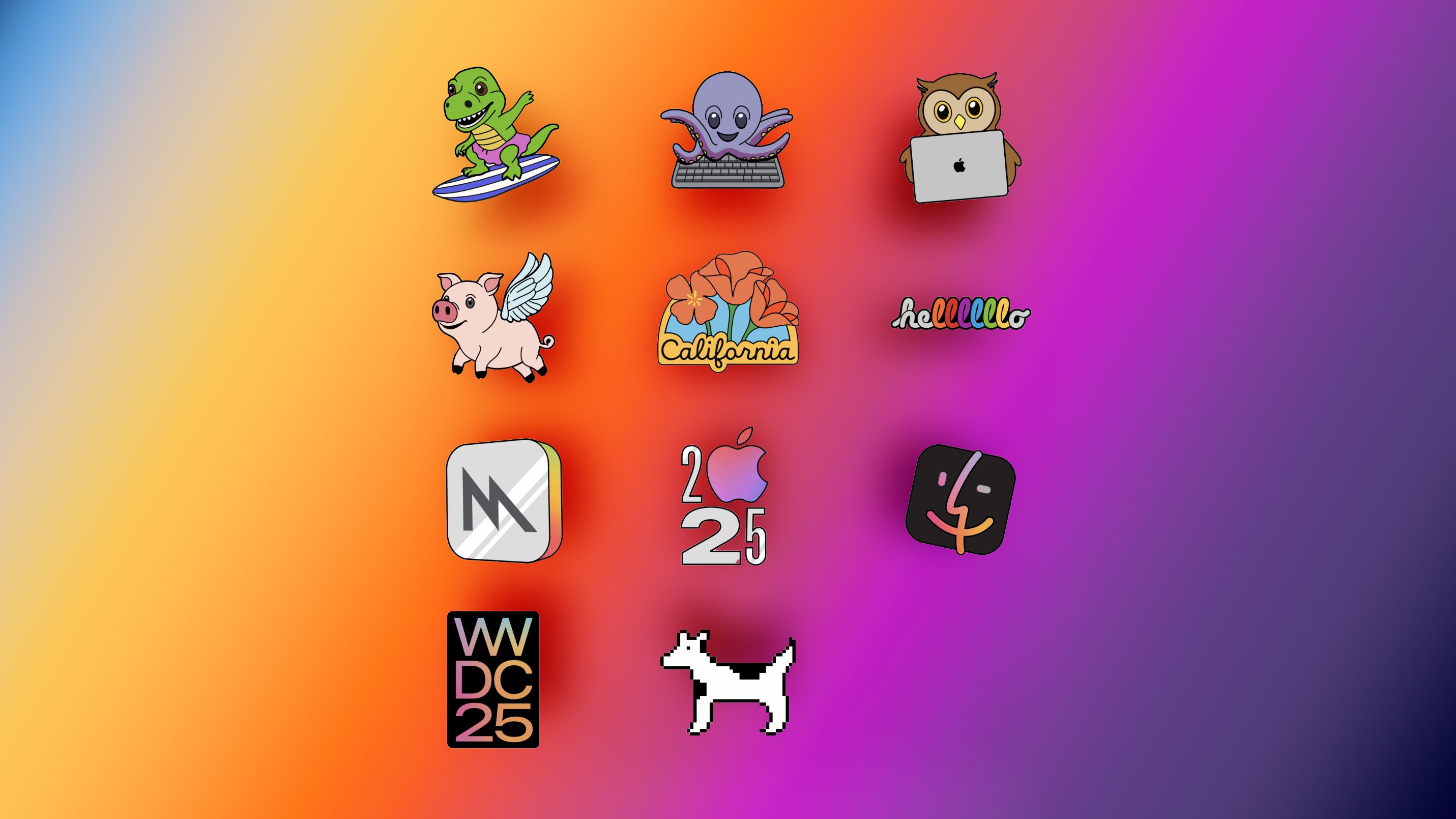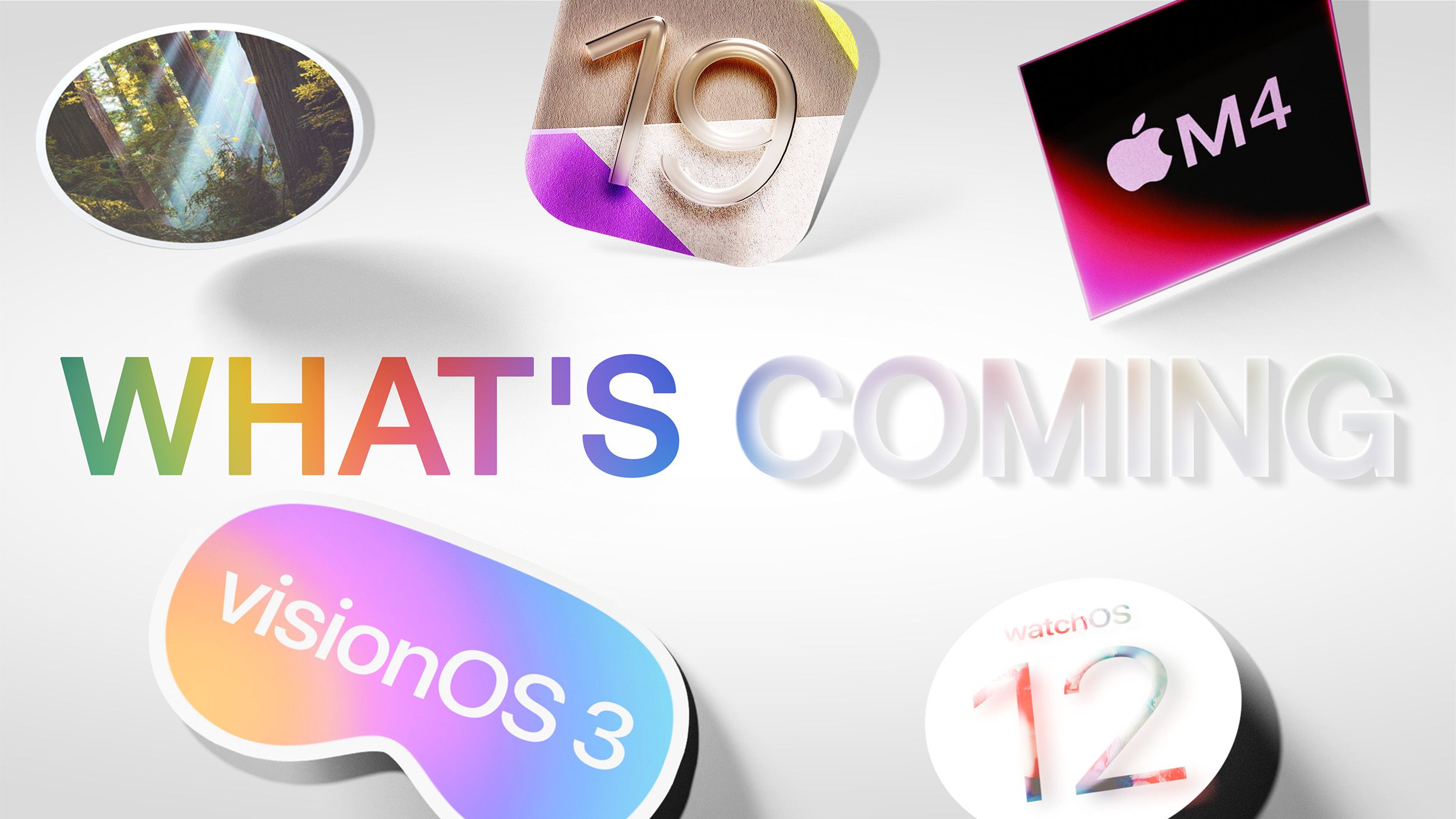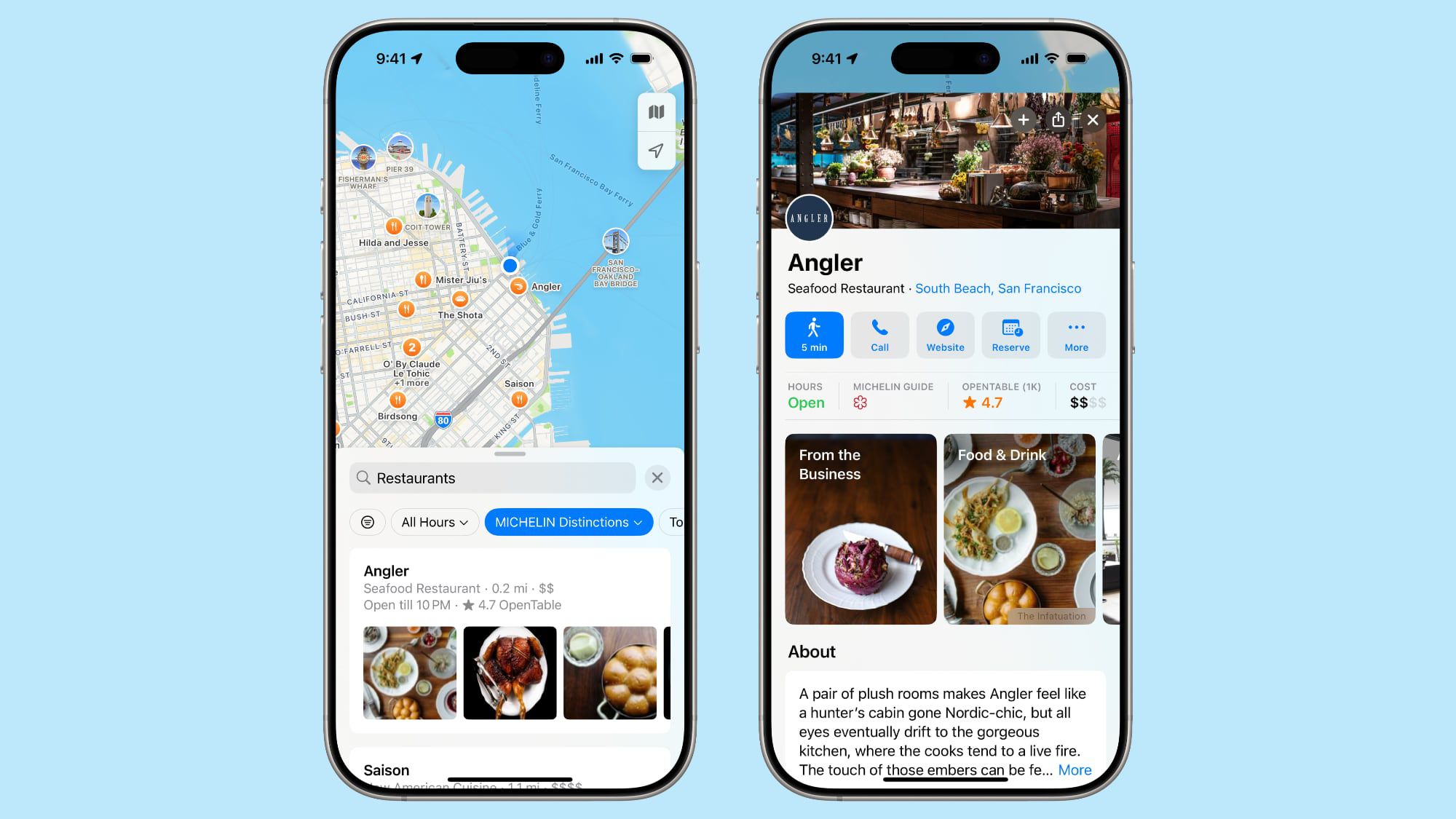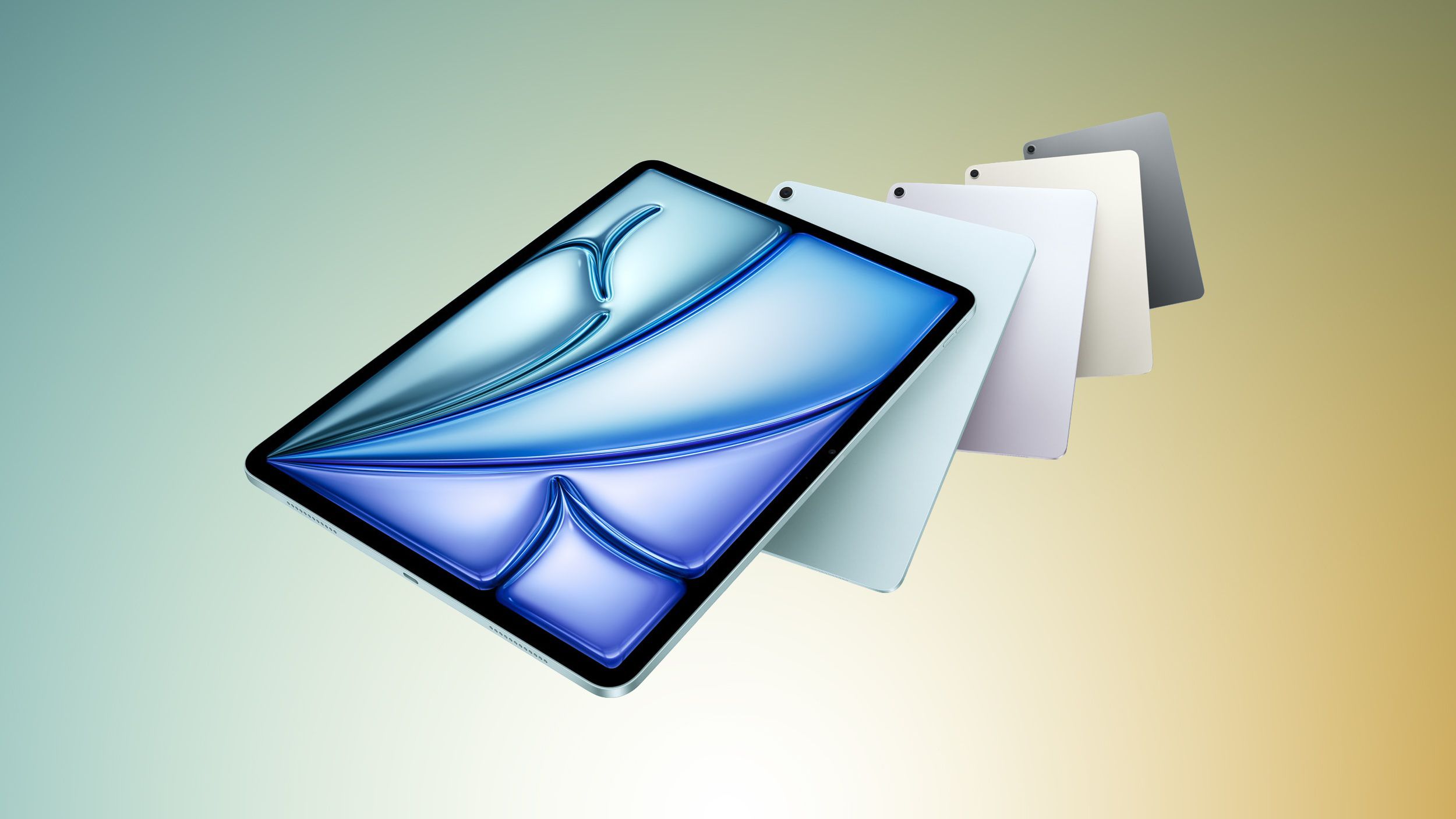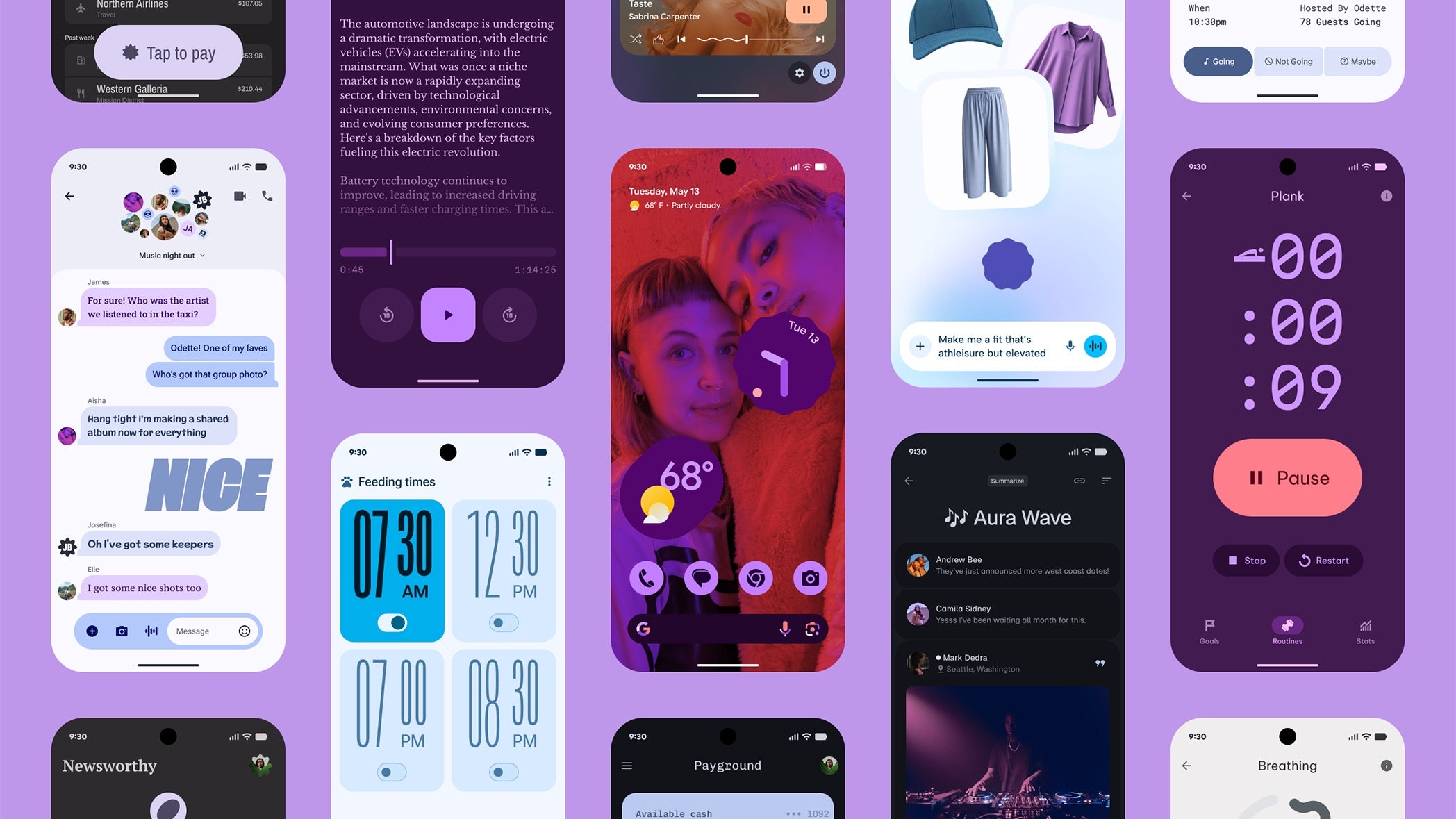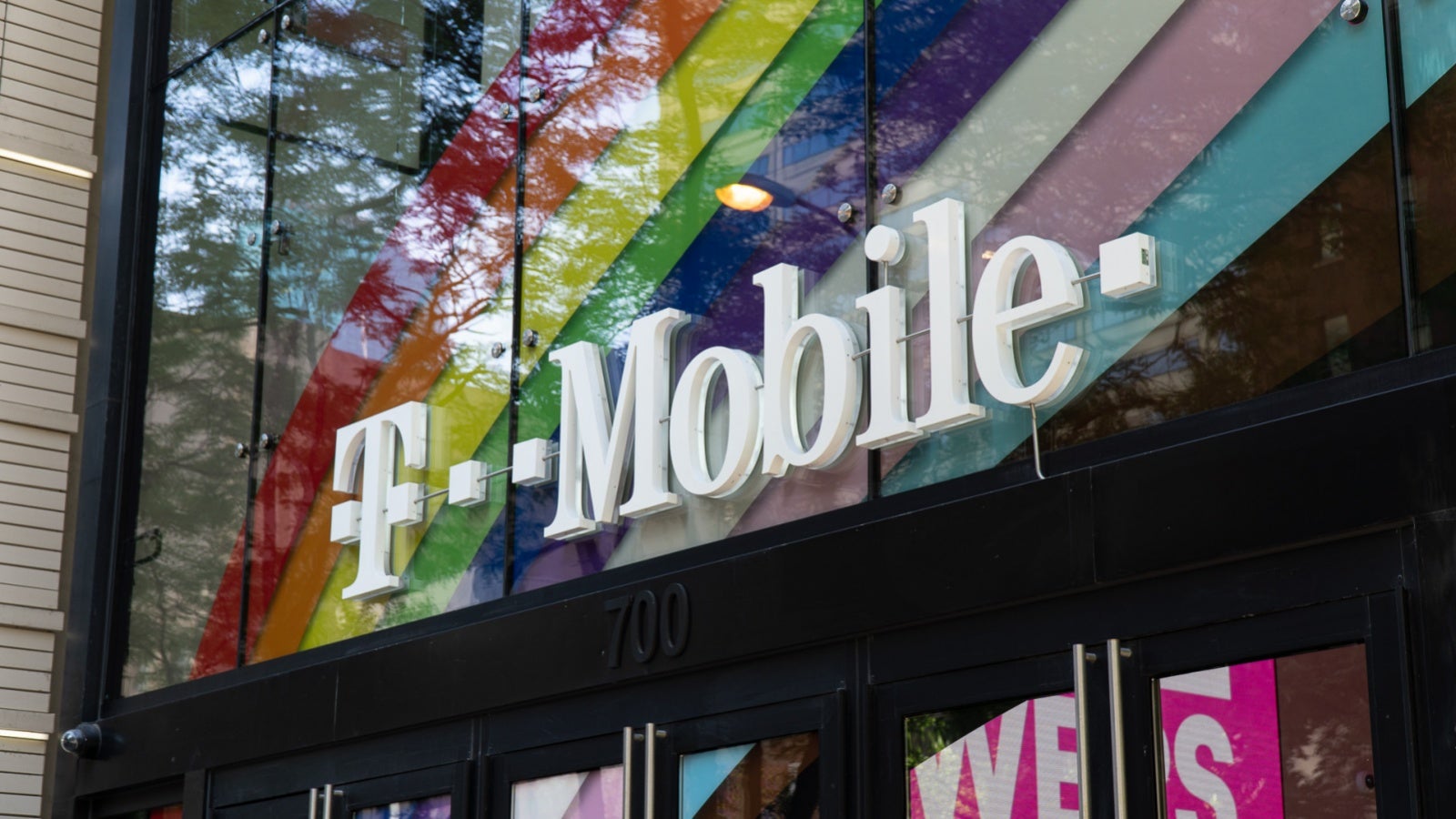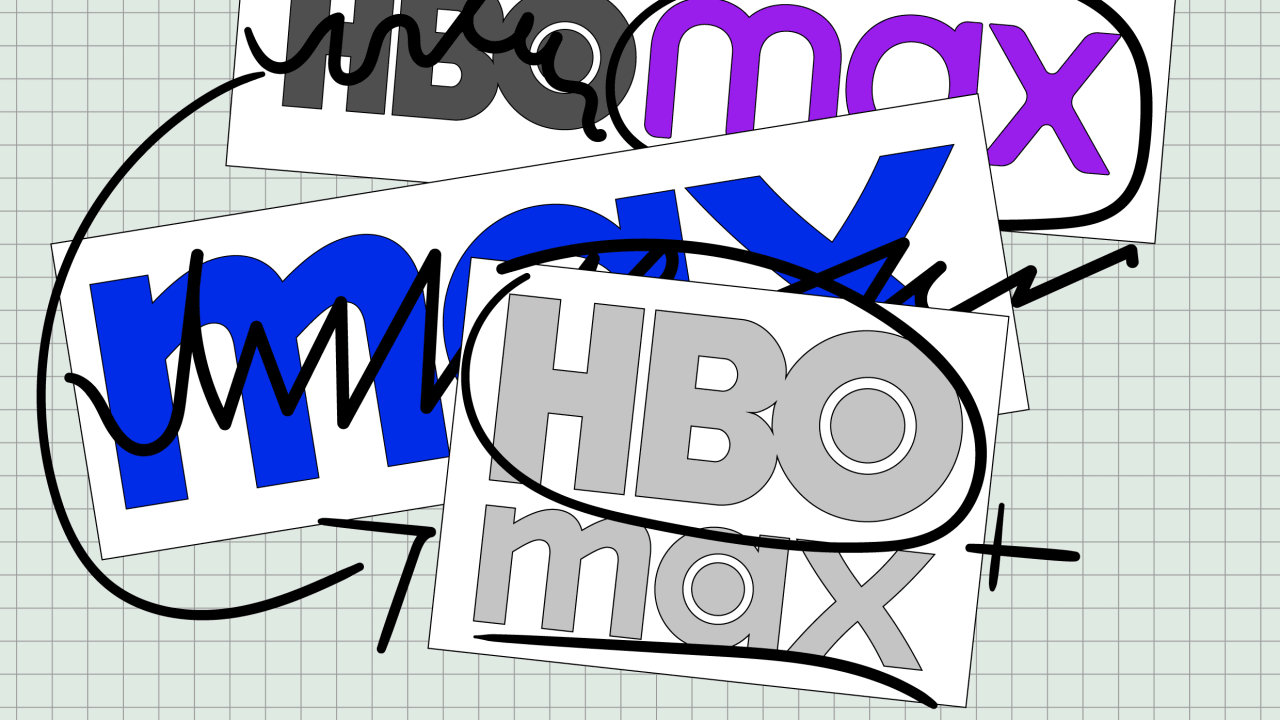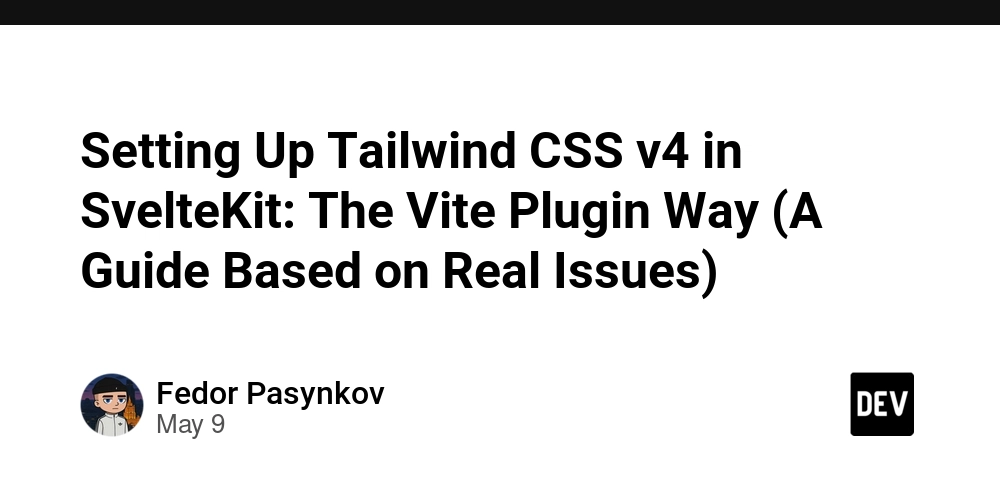Unveiling the Modified BSD License: A Holistic Exploration of Open Source Permissiveness and Fair Code Licensing
Abstract: This blog post delves into the Modified BSD License, exploring its history, core concepts, applications, challenges, and prospects. We analyze the license’s minimal restrictions, its role in fostering innovation, and the debates surrounding fair code practices. Along with practical use cases and comparative tables, we also highlight innovative licensing models like those promoted by License Token, as well as insights gleaned from recent developer discussions on Dev.to. Read on for an accessible yet in-depth technical review that aids both developers and legal experts in making informed decisions. Introduction In the open source ecosystem, licenses play a critical role by balancing innovation with legal protection. The Modified BSD License stands out among permissive licenses due to its simplicity and minimal restrictions, making it a popular choice for software projects ranging from operating systems to modern web frameworks. In this post, we explore the Modified BSD License, highlighting its origins, features, applications, challenges, and its future outlook. We will also discuss emerging alternative models such as those by License Token: Empowering Open Source Creators and provide insights from the broader community. Background and Context History and Definitions The Modified BSD License originated from the University of California, Berkeley. As an adaptation of earlier BSD licenses, it was designed to provide minimal restrictions while promoting the free reuse, modification, and distribution of code. This approach was central to the BSD ethos of academic collaboration and efficient software distribution, and it has since evolved into a reliable legal model for numerous open source projects. The license is noted for its clear attribution requirements, which ensures that original authors receive proper credit for their work while granting users ample freedom to modify and integrate the code. This balance of openness and recognition has influenced other permissive licenses, including the MIT License and the Apache License 2.0. Ecosystem Context The Modified BSD License holds a significant place in the broader ecosystem of open source and fair code initiatives. It is often compared with other licensing paradigms such as copyleft licenses (e.g., GNU GPL) and innovative blockchain-based models like the Open Compensation Token License (OCTL). As developers weigh simplicity against the need for fairness, the Modified BSD License emerges as a pragmatic choice that facilitates collaboration in both academic and commercial contexts. Recent discussions on Stack Overflow and Hacker News have emphasized its effectiveness in reducing legal overheads while powerfully driving rapid software development. Core Concepts and Features Essential Characteristics The Modified BSD License is defined by several key attributes: Permissiveness: With minimal legal barriers, it allows nearly unrestricted code reuse. Attribution: It mandates that any redistributed code include a note of attribution to the original authors. Flexibility: Its design is compatible with both proprietary and open source projects, making it appealing to a wide range of developers. Comparative Analysis Below is a comparison table that outlines the Modified BSD License against other popular licenses: Feature Modified BSD License MIT License Apache License 2.0 GNU GPL Permissiveness Highly permissive with minimal restrictions Highly permissive Permissive with added patent protection Copyleft – requires derivatives to be open Attribution Requires clear credit to original authors Attribution required Detailed attribution & patent guarantees Requires disclosure of source under same license Flexibility Easily integrated in commercial and open source projects Very flexible Structured for enterprise use Limits integration with proprietary projects Key Overlaps and Distinctions Similarities: Both the Modified BSD and MIT licenses are known for their simplicity and permissive nature. They encourage innovation by minimizing restrictions. Differences: In contrast, the Apache License 2.0 introduces explicit patent grants while the GNU GPL insists on keeping derivatives open, creating a more constrained environment. Emerging Innovations: Models promoted by License Token: Bridging the Gap in OSS Funding offer alternative ideas for compensation mechanisms that are garnering attention in the open source community. Applications and Use Cases Real-World Examples The Modified BSD License has been successfully used across various domains: Operating Systems and Libraries: Its permissiveness makes it ideal for use in system components and libraries, where rapid modification and distribution are essential. Commercial Software Integration: Many enterprises choose the Modified BSD License because it allows them to i
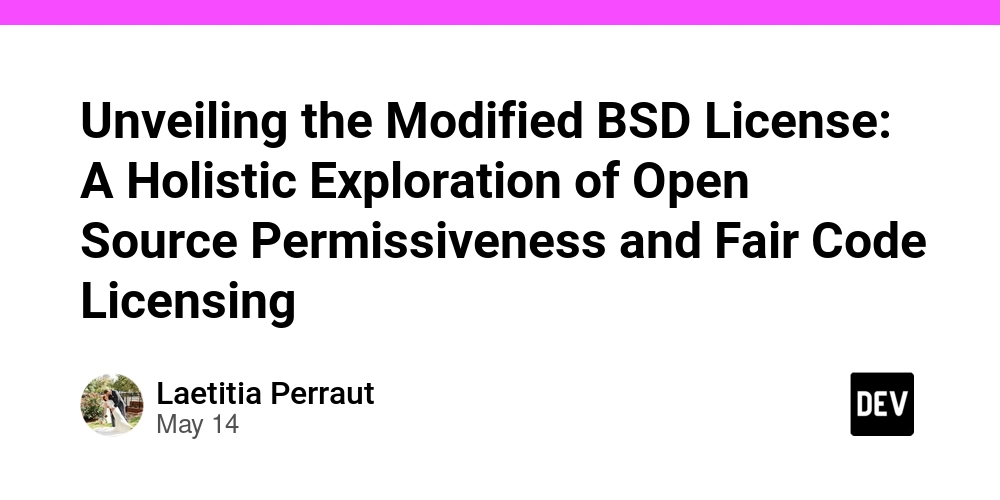
Abstract:
This blog post delves into the Modified BSD License, exploring its history, core concepts, applications, challenges, and prospects. We analyze the license’s minimal restrictions, its role in fostering innovation, and the debates surrounding fair code practices. Along with practical use cases and comparative tables, we also highlight innovative licensing models like those promoted by License Token, as well as insights gleaned from recent developer discussions on Dev.to. Read on for an accessible yet in-depth technical review that aids both developers and legal experts in making informed decisions.
Introduction
In the open source ecosystem, licenses play a critical role by balancing innovation with legal protection. The Modified BSD License stands out among permissive licenses due to its simplicity and minimal restrictions, making it a popular choice for software projects ranging from operating systems to modern web frameworks. In this post, we explore the Modified BSD License, highlighting its origins, features, applications, challenges, and its future outlook. We will also discuss emerging alternative models such as those by License Token: Empowering Open Source Creators and provide insights from the broader community.
Background and Context
History and Definitions
The Modified BSD License originated from the University of California, Berkeley. As an adaptation of earlier BSD licenses, it was designed to provide minimal restrictions while promoting the free reuse, modification, and distribution of code. This approach was central to the BSD ethos of academic collaboration and efficient software distribution, and it has since evolved into a reliable legal model for numerous open source projects.
The license is noted for its clear attribution requirements, which ensures that original authors receive proper credit for their work while granting users ample freedom to modify and integrate the code. This balance of openness and recognition has influenced other permissive licenses, including the MIT License and the Apache License 2.0.
Ecosystem Context
The Modified BSD License holds a significant place in the broader ecosystem of open source and fair code initiatives. It is often compared with other licensing paradigms such as copyleft licenses (e.g., GNU GPL) and innovative blockchain-based models like the Open Compensation Token License (OCTL). As developers weigh simplicity against the need for fairness, the Modified BSD License emerges as a pragmatic choice that facilitates collaboration in both academic and commercial contexts.
Recent discussions on Stack Overflow and Hacker News have emphasized its effectiveness in reducing legal overheads while powerfully driving rapid software development.
Core Concepts and Features
Essential Characteristics
The Modified BSD License is defined by several key attributes:
- Permissiveness: With minimal legal barriers, it allows nearly unrestricted code reuse.
- Attribution: It mandates that any redistributed code include a note of attribution to the original authors.
- Flexibility: Its design is compatible with both proprietary and open source projects, making it appealing to a wide range of developers.
Comparative Analysis
Below is a comparison table that outlines the Modified BSD License against other popular licenses:
| Feature | Modified BSD License | MIT License | Apache License 2.0 | GNU GPL |
|---|---|---|---|---|
| Permissiveness | Highly permissive with minimal restrictions | Highly permissive | Permissive with added patent protection | Copyleft – requires derivatives to be open |
| Attribution | Requires clear credit to original authors | Attribution required | Detailed attribution & patent guarantees | Requires disclosure of source under same license |
| Flexibility | Easily integrated in commercial and open source projects | Very flexible | Structured for enterprise use | Limits integration with proprietary projects |
Key Overlaps and Distinctions
- Similarities: Both the Modified BSD and MIT licenses are known for their simplicity and permissive nature. They encourage innovation by minimizing restrictions.
- Differences: In contrast, the Apache License 2.0 introduces explicit patent grants while the GNU GPL insists on keeping derivatives open, creating a more constrained environment.
- Emerging Innovations: Models promoted by License Token: Bridging the Gap in OSS Funding offer alternative ideas for compensation mechanisms that are garnering attention in the open source community.
Applications and Use Cases
Real-World Examples
The Modified BSD License has been successfully used across various domains:
- Operating Systems and Libraries: Its permissiveness makes it ideal for use in system components and libraries, where rapid modification and distribution are essential.
- Commercial Software Integration: Many enterprises choose the Modified BSD License because it allows them to integrate open source code with proprietary enhancements while maintaining legal clarity.
- Academic Research: Universities and research institutions frequently adopt this license to promote collaboration across multiple projects without excessive legal hurdles.
Practical Examples
Apache HTTP Server:
Although predominantly associated with its own license, several components of the Apache HTTP Server have been released under BSD-style licenses. This has allowed it to balance open collaboration with commercial adaptability.Embedded Systems:
For projects in robotics and IoT, the Modified BSD License’s low barriers to adoption make it highly attractive. It supports continuous innovation without the legal complexities typically associated with copyleft licenses.Dual Licensing Models:
Some projects initially released under the Modified BSD License eventually engage in dual licensing. This enables them to offer a proprietary option for commercial partners, ensuring that developers are fairly compensated. This trend is also supported by initiatives like License Token: Revolutionizing OSS License Distribution.
Challenges and Limitations
Despite its many strengths, the Modified BSD License is not without challenges:
Risk of Exploitation:
Its permissive nature may allow large organizations to integrate open source code into proprietary products without adequately compensating the original developers. This has led to ongoing debates about fairness in the open source community.Contribution Ambiguity:
Accepting contributions from anonymous developers or without formal Contributor License Agreements (CLAs) can lead to legal uncertainties. The absence of a standardized CLA process sometimes complicates the proper attribution and tracking of individual contributions.Compatibility with Other Licenses:
Integrating code licensed under the Modified BSD License with stricter copyleft licenses such as the GNU GPL can pose legal challenges. Developers often need to carefully consider the licensing ecosystem when merging different open source projects.Limited Compensation Mechanisms:
Unlike emerging blockchain-based models (e.g., License Token: Innovative Licensing for Open Source), the Modified BSD License does not inherently provide a framework for ongoing developer compensation or royalties.
Bullet List of Key Limitations:
- Exploitation risk by commercial entities
- Ambiguity from anonymous contributions
- Licensing conflicts with copyleft models
- Lack of built-in monetization mechanisms
Future Outlook and Innovations
Trends and Predictions
The Modified BSD License is expected to continue its stronghold in the open source community, but evolving market dynamics may lead to innovative adaptations. Future developments may include:
Enhanced Dual Licensing Models:
More software projects could adopt dual licensing schemes to balance open collaboration with commercial profitability. This offers a hybrid approach, mitigating risks of exploitation while ensuring fair compensation.Blockchain Integration:
Emerging models that incorporate blockchain—such as those discussed on License Token: Empowering Open Source Creators—may inspire changes or add-ons to traditional licenses. Blockchain can help establish immutable records for contributions and allow direct incentives for developers.Improved Contributor Management:
The incorporation of standardized CLAs and identity verification tools will likely become more common. These improvements will safeguard against legal disputes and ensure clear credit for contributions.Increased Focus on Fair Compensation:
As open source projects become more financially significant, pressure will mount to integrate compensation mechanisms directly within licensing frameworks. Discussions on Dev.to further stress the need for sustainable funding methods.
Perspectives from the Developer Community
Recent posts on Dev.to have highlighted key areas of concern and paths forward:
- Unveiling Sun Public License 1.0: A Deep Dive into Fair Code Licensing discusses how evolving licensing models address fairness for developers.
- Sustainable Funding for Open Source: A Path to Stability and Innovation outlines strategies for ensuring long-term financial viability for open source projects.
- Exploring the Boost Software License 1.0: Simplicity Meets Innovation emphasizes the benefits of simplicity in licensing, a key feature of the Modified BSD License.
The amalgamation of these perspectives suggests that while the traditional Modified BSD License remains robust, there is significant momentum behind improvements that further support fair code principles.
Summary and Conclusion
In this comprehensive exploration, we have examined the Modified BSD License from multiple angles. We reviewed its historical context, core features, practical applications, limitations, and the future dynamic landscape of open source licensing. With its robust permissiveness and simplicity, the Modified BSD License has proven to be a cornerstone in software development.
Key takeaways include:
Balanced Approach:
The license masterfully balances freedom of use with necessary attribution, making it suitable for both academic and commercial projects.Challenges:
Despite its appeal, challenges such as potential exploitation, licensing compatibility issues, and lack of direct compensation mechanisms remain subjects of debate.Future Prospects:
Innovations like dual licensing, enhanced CLAs, and blockchain-based compensation models are promising avenues for addressing these challenges. These trends are shaping a future where open source and fair code licensing evolve hand in hand, ensuring that developers are recognized and fairly rewarded.
For additional reading and a deeper dive into related topics, consider exploring:
- License Token: Empowering Open Source Creators
- License Token: Bridging the Gap in OSS Funding
- Arbitrum and Open Source License Compatibility
- License Token: Revolutionizing OSS License Distribution
- License Token: Innovative Licensing for Open Source
Incorporating insights from Dev.to posts further enriches our understanding of how licensing can drive sustainable funding, fair compensation, and long-term innovation.
In conclusion, while no licensing model is without flaws, the Modified BSD License continues to empower developers by offering a reliable, flexible framework for open source collaboration. As we witness ongoing innovations in the funding and governance of open source projects, the balance between freedom and fairness remains paramount—a challenge that the community is actively striving to overcome.
Happy coding and may your open source journey be both innovative and fair!


































































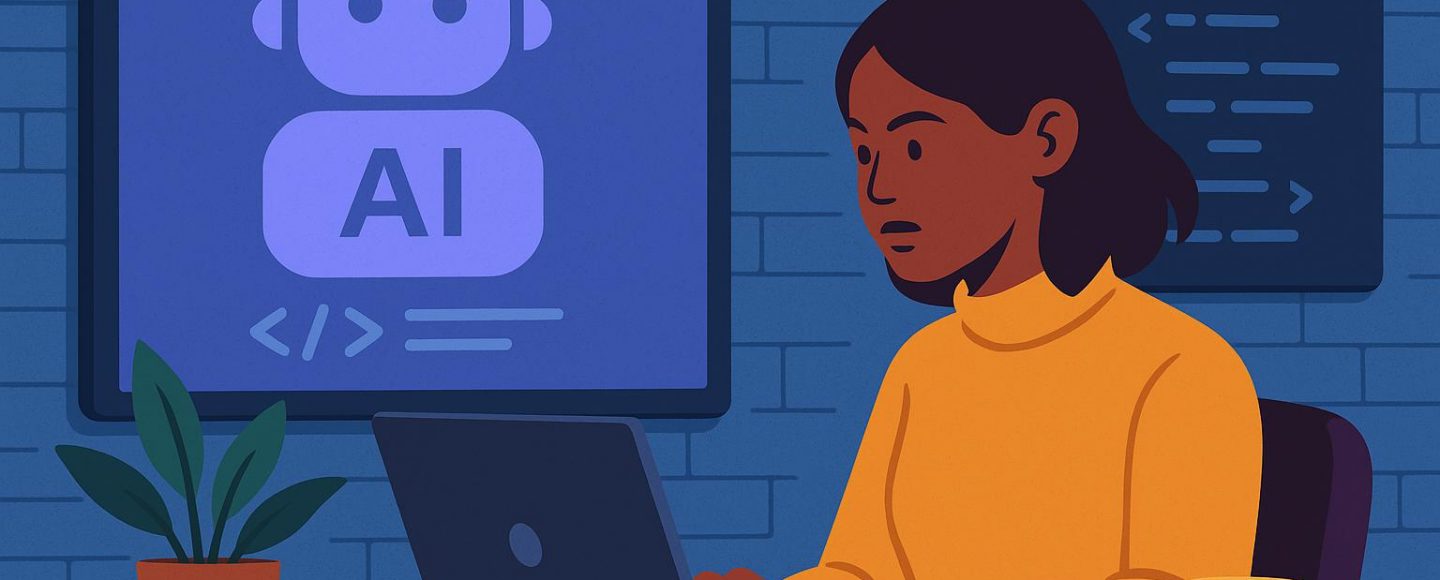











































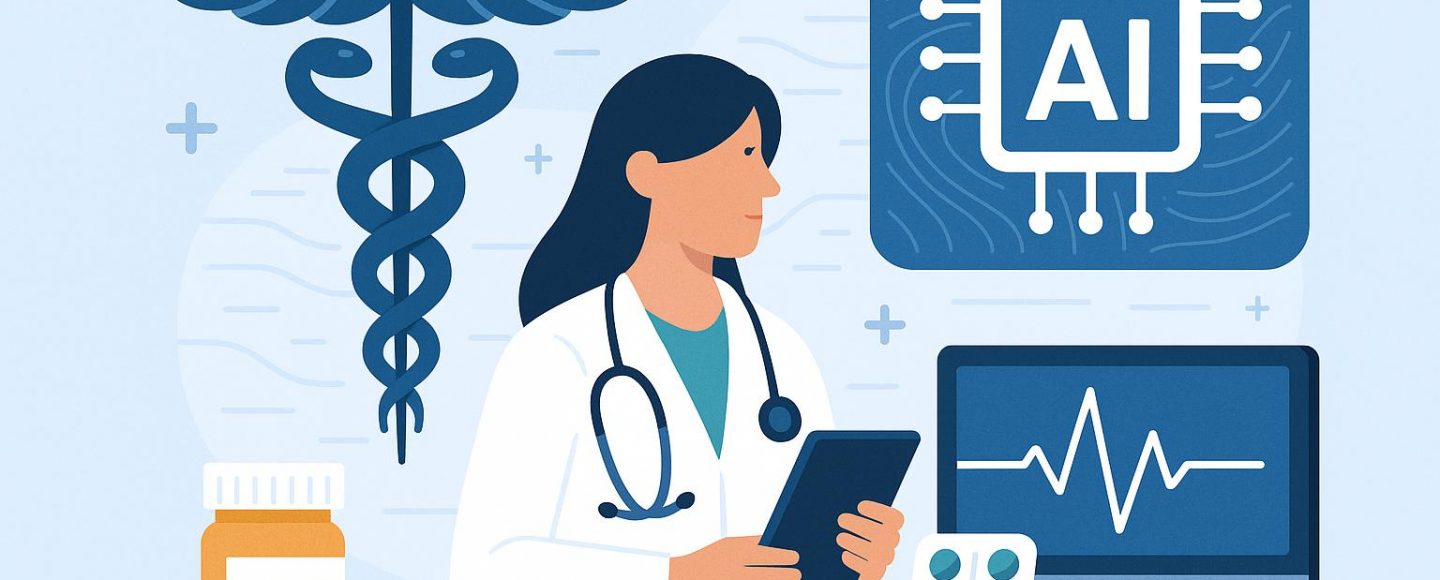





















































![[The AI Show Episode 147]: OpenAI Abandons For-Profit Plan, AI College Cheating Epidemic, Apple Says AI Will Replace Search Engines & HubSpot’s AI-First Scorecard](https://www.marketingaiinstitute.com/hubfs/ep%20147%20cover.png)











































































































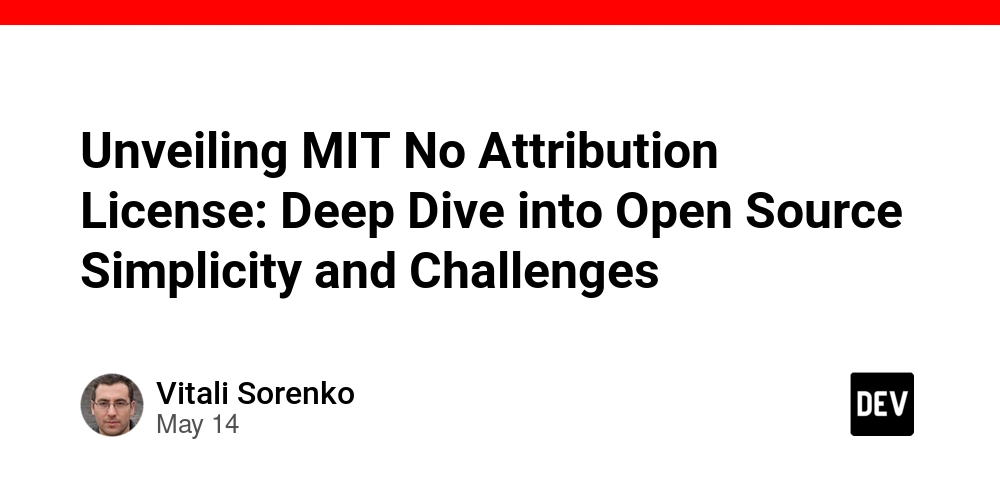































































.jpg?#)





















![Legends Reborn tier list of best heroes for each class [May 2025]](https://media.pocketgamer.com/artwork/na-33360-1656320479/pg-magnum-quest-fi-1.jpeg?#)














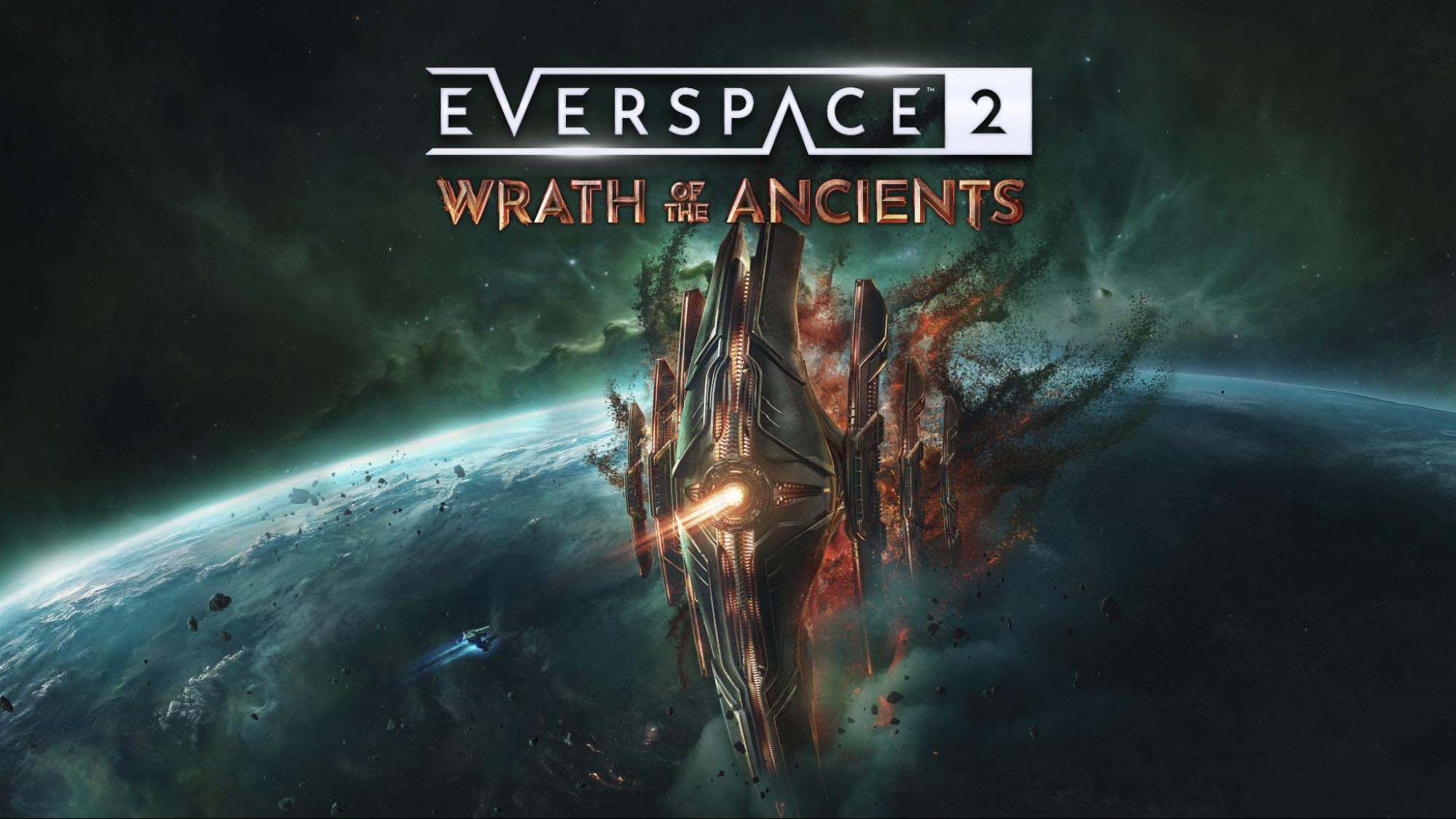

















































_Gang_Liu_Alamy.jpg?width=1280&auto=webp&quality=80&disable=upscale#)










































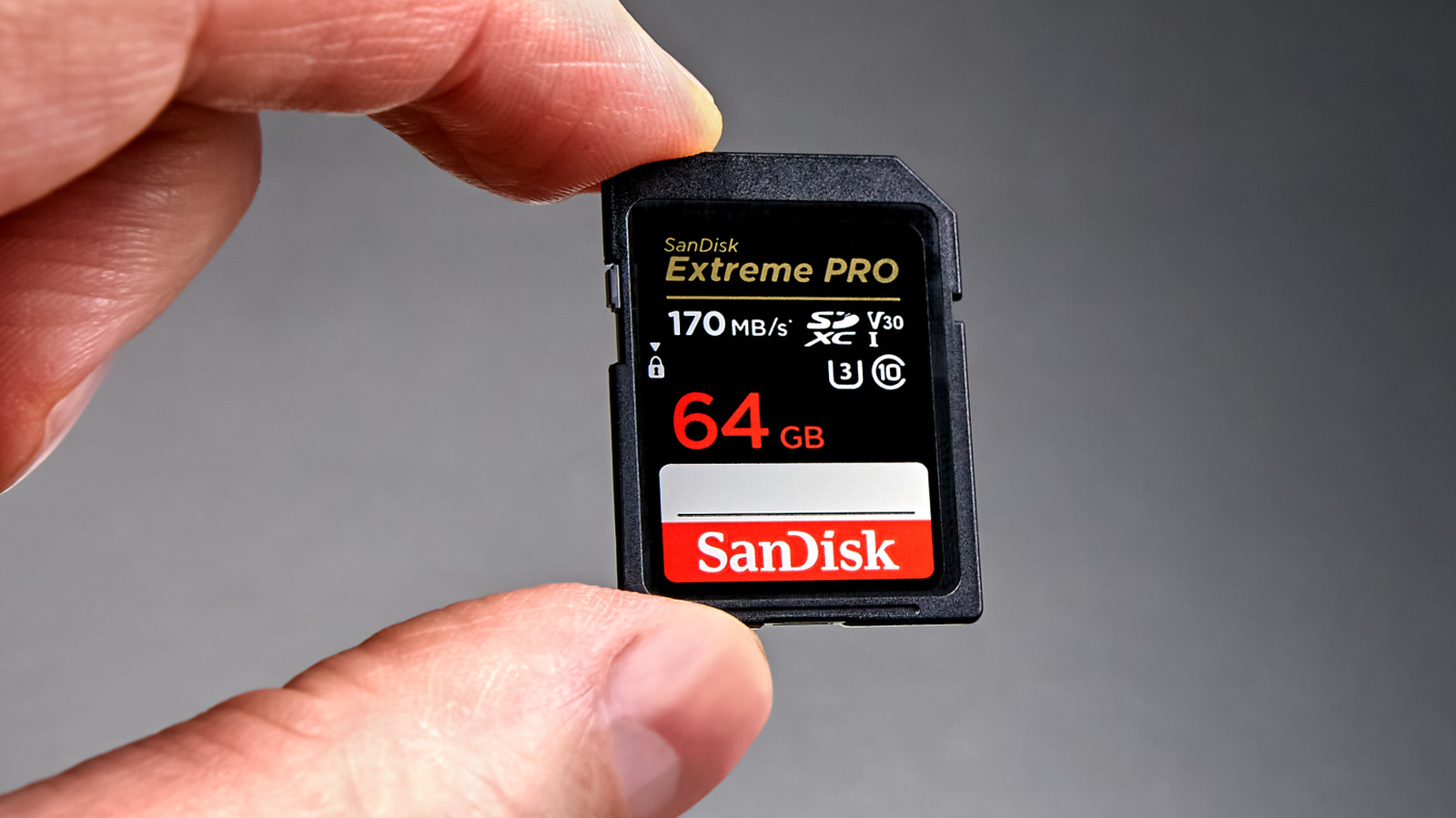
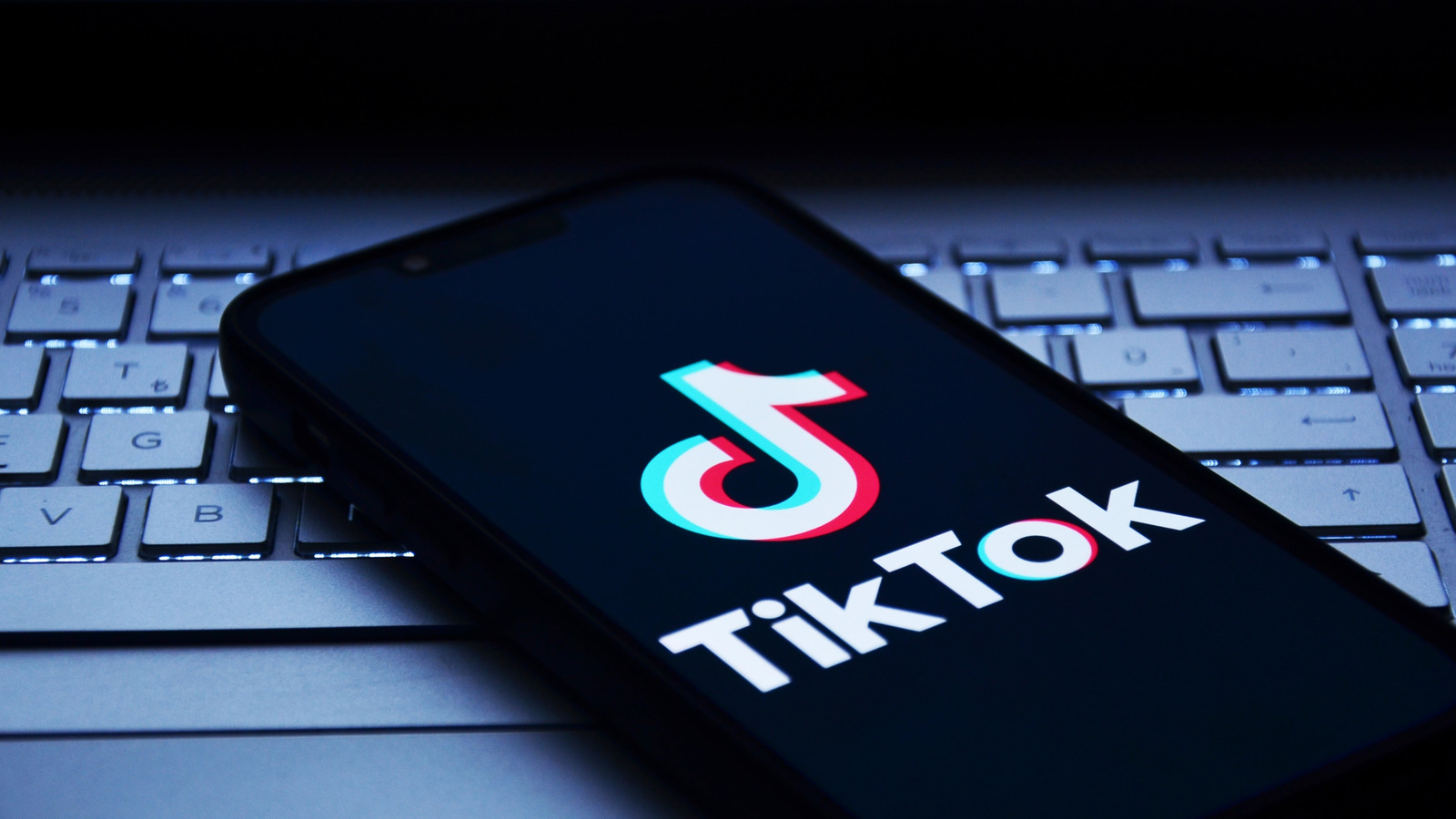


































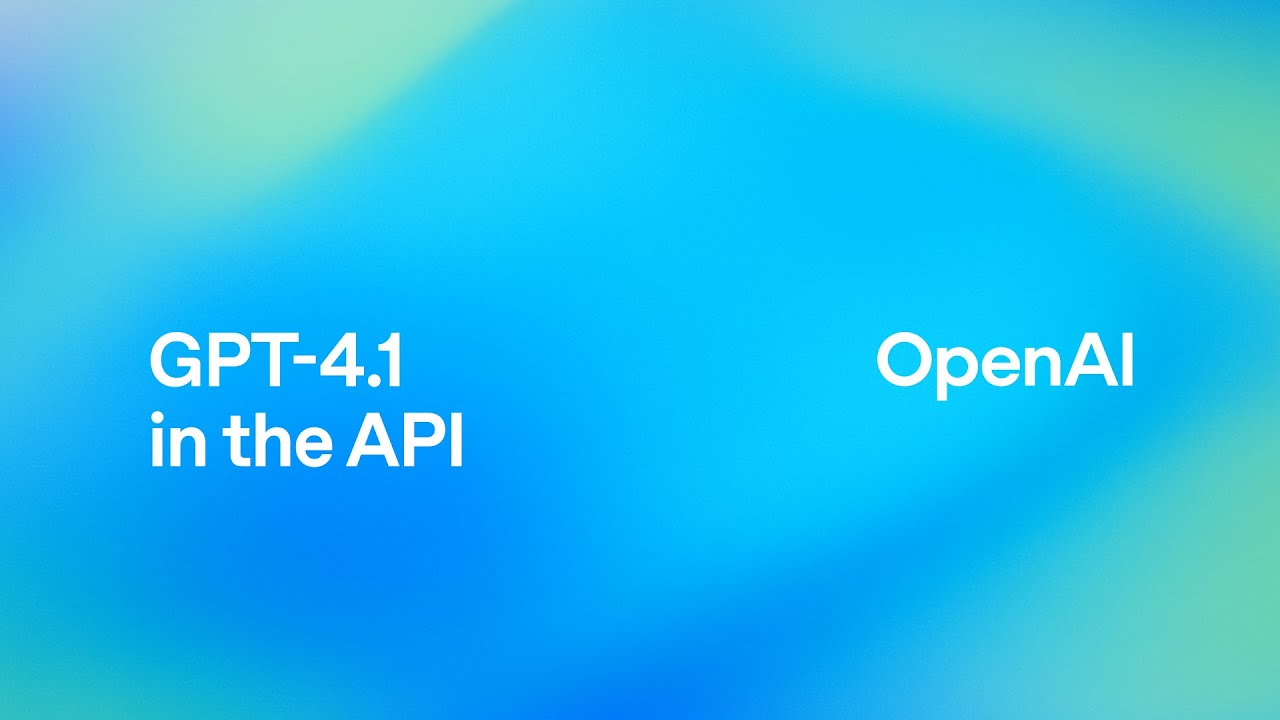

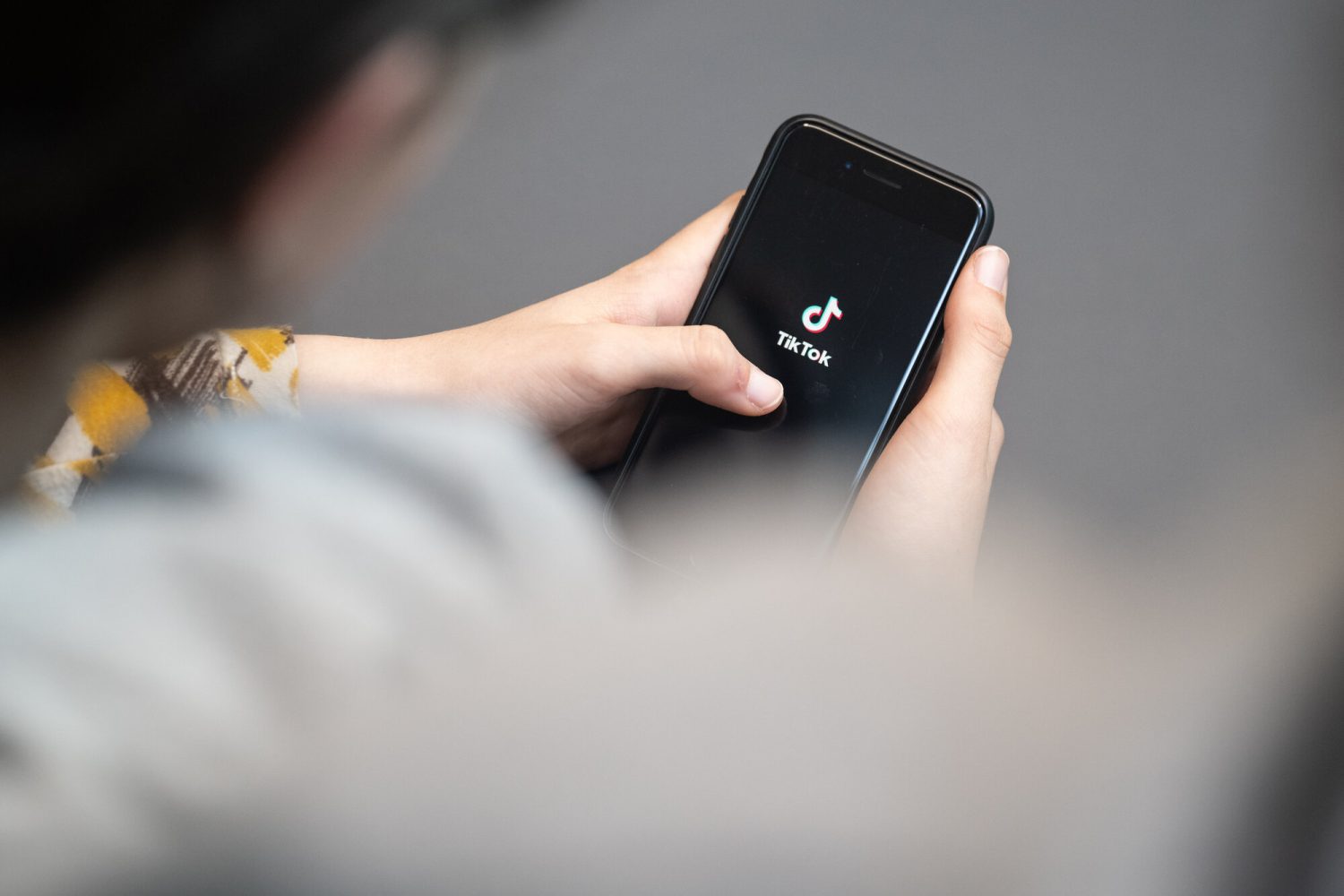




-xl.jpg)
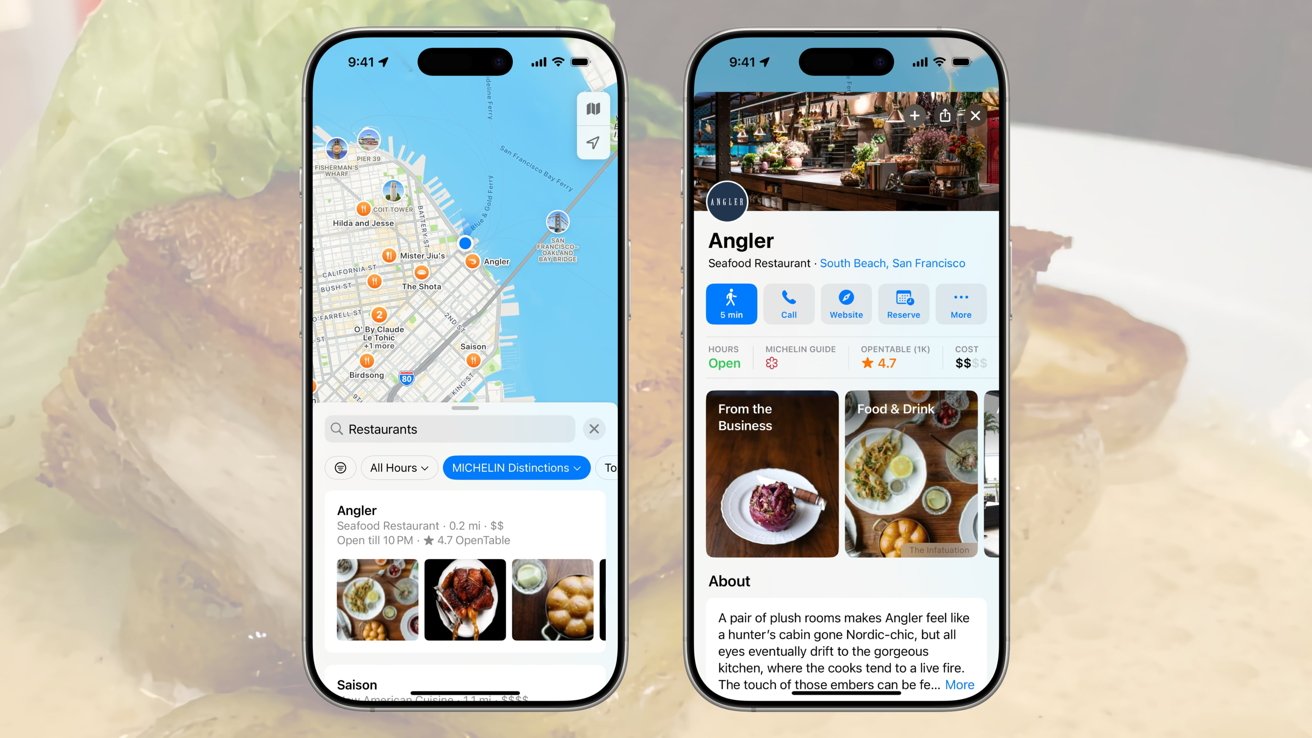
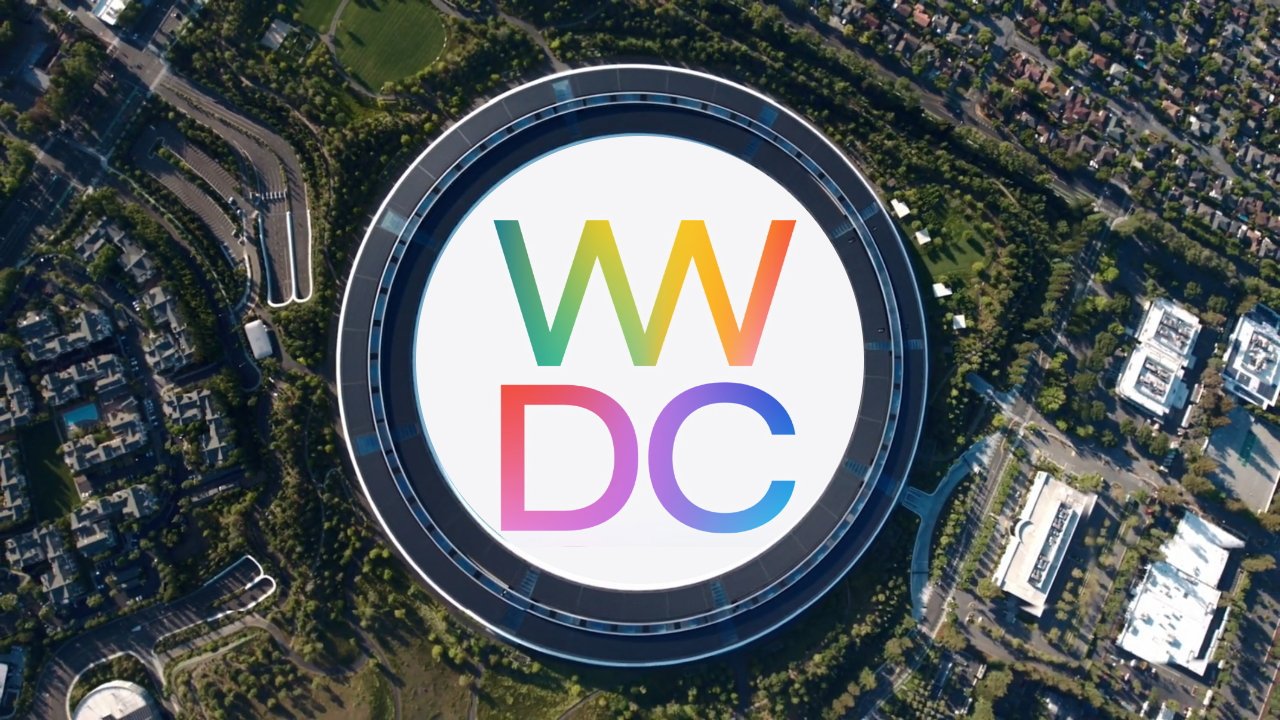



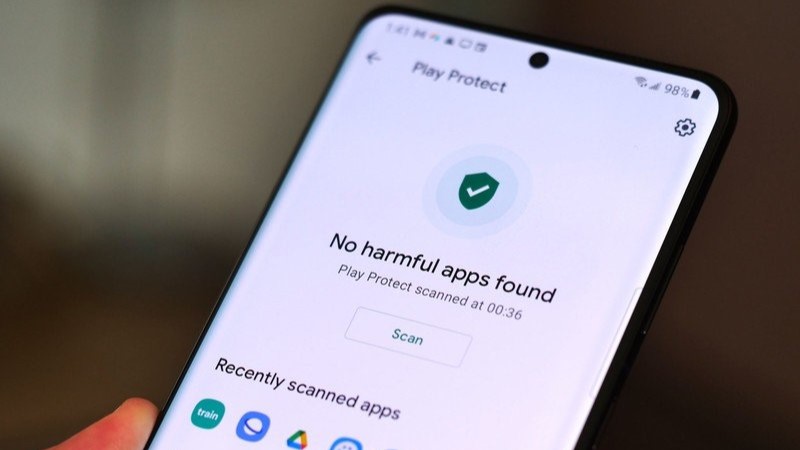






















![Vision Pro May Soon Let You Scroll With Your Eyes [Report]](https://www.iclarified.com/images/news/97324/97324/97324-640.jpg)
![Apple's 20th Anniversary iPhone May Feature Bezel-Free Display, AI Memory, Silicon Anode Battery [Report]](https://www.iclarified.com/images/news/97323/97323/97323-640.jpg)

![Apple Planning Bezel-Free iPhone With 'Four-Sided Bending' Display [Report]](https://www.iclarified.com/images/news/97321/97321/97321-640.jpg)







































